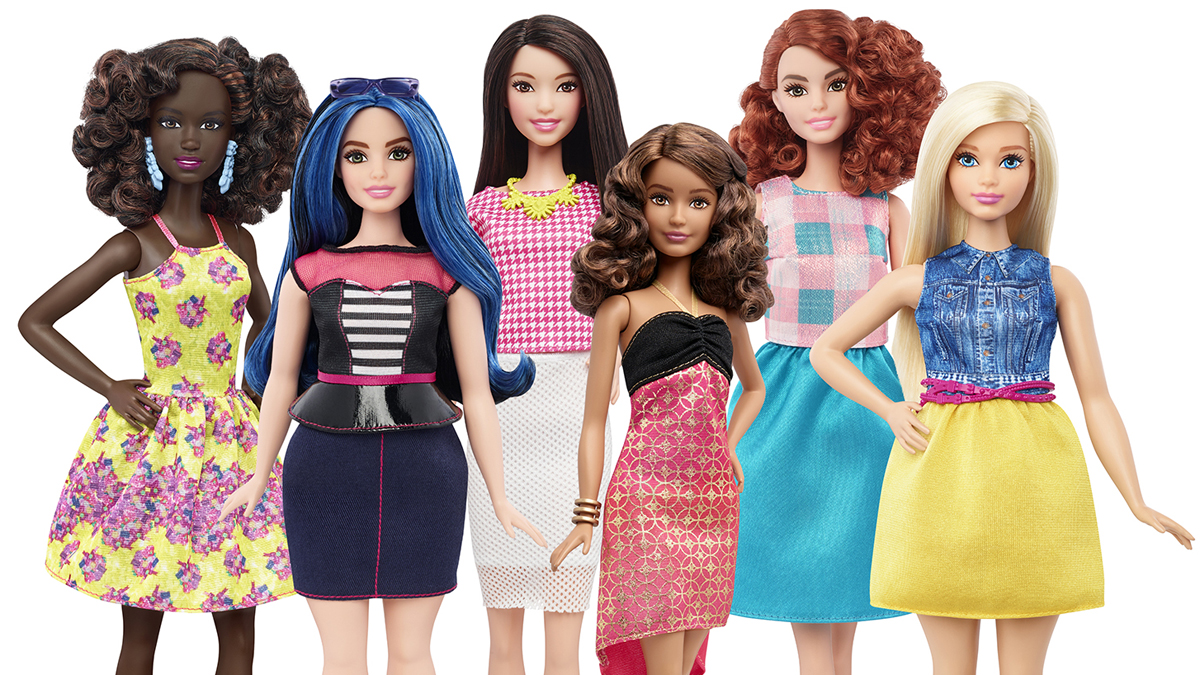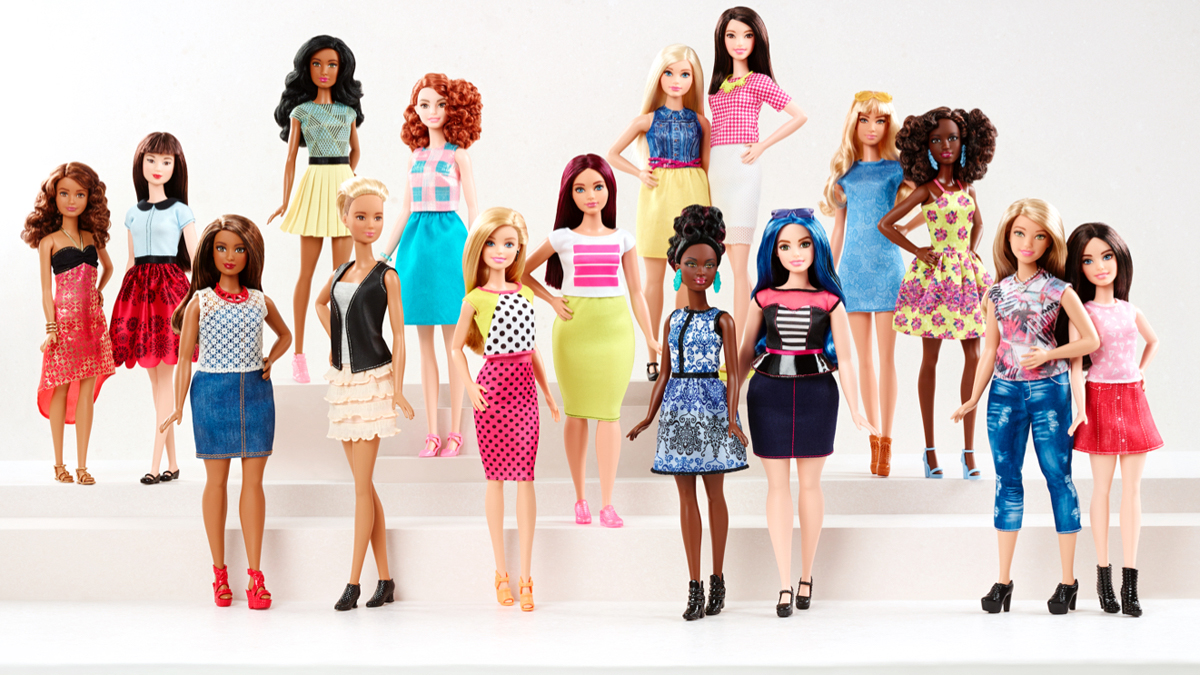Will new 'realistic' Barbie body types backfire?
All the pictures as the iconic doll is made over with a diverse range of body shapes and skin tones



Barbie has been given a makeover. Mattel's iconic doll now comes in a new range of body types, including "tall, curvy and petite" – but not everyone is happy with the changes.
The classic blonde Barbie has been on shelves since 1959, but in recent years, Mattel has come under pressure to alter the model, with critics saying the doll's "impossible" proportions create an unrealistic body image for girls.
Last year, the company introduced 23 new models to its so-called Fashionistas line, with varied skin and hair colours and a much-touted flat foot replacing Barbie's signature heels, reports the BBC. The toy-maker says it is "offering girls choices that are more reflective of the world they see today".
The Week
Escape your echo chamber. Get the facts behind the news, plus analysis from multiple perspectives.

Sign up for The Week's Free Newsletters
From our morning news briefing to a weekly Good News Newsletter, get the best of The Week delivered directly to your inbox.
From our morning news briefing to a weekly Good News Newsletter, get the best of The Week delivered directly to your inbox.
It's a massive risk for Mattel, says Kenji Aoki in Time. Barbie is more than just a doll, she's a brand that earns $1bn (£700m) annually in sales across more than 150 countries and the whole thing could backfire.
But staying the course was not an option, he adds. Barbie sales plummeted 20 per cent from 2012 to 2014 and continued to fall last year.
Still, Barbie has been the global symbol of "a certain kind of American beauty for generations", says Aoki, designed "to teach women what - for better or worse - is expected of them in society".
Yes, says Megan Garber in The Atlantic, and "it's that impulse of small humans - to treat dolls as vehicles not just of amusement, but of aspiration" that makes the news such a big deal.
A free daily email with the biggest news stories of the day – and the best features from TheWeek.com
By becoming more diverse, Barbie is, "in her highly limited way, trying to do a better job of representing the people who play with her", says Garber. "And a better job, at the same time, of affecting who those people will become".
This is huge news, says Jess Cartner-Morley in The Guardian. "The doll whose name has become a byword for unrealistic body ideals now comes normal-sized," with a bum and thighs that meet in the middle.
Yes, there's tall and petite Barbie, but it's all about Curvy, says Cartner-Morley. OK, she has a flat tummy and slender arms and her eyes seem to be wider than her ankles, "but her plastic legs have a bit of meat on them" - is this the end of thigh gap?
Let's not get too carried away, says Izabella Zaydenberg on Elite Daily. The Curvy doll still has that ultra-desirable hourglass figure so we're not changing our way of thinking at all, just adding a couple of inches around its waist.
And now Barbie is also forcing us to start grouping children together by stature and shape, she continues, adding that while it's great that Mattel and Barbie have broached the body image discussion, "I'm not convinced this was the right way to go about it".
-
 How the War Department became the Department of Defense – and back again
How the War Department became the Department of Defense – and back againIn Depth In 1947 President Harry Truman restructured the US military establishment, breaking with naming tradition
-
 Codeword: December 8, 2025
Codeword: December 8, 2025The daily codeword puzzle from The Week
-
 Sudoku hard: December 8, 2025
Sudoku hard: December 8, 2025The daily hard sudoku puzzle from The Week